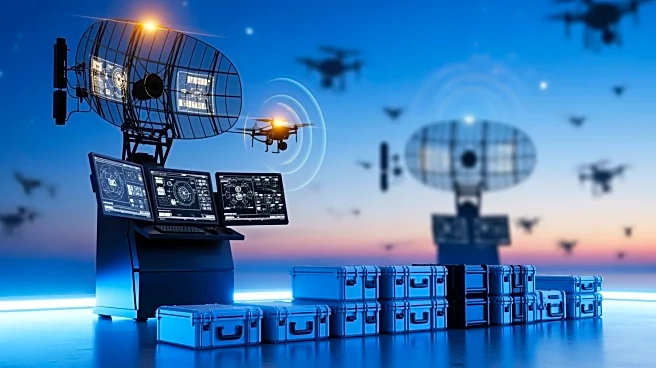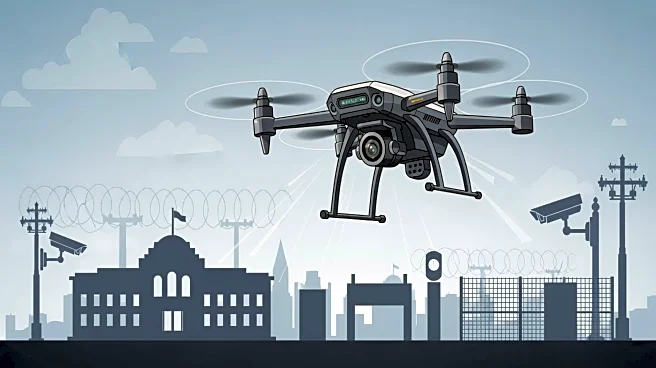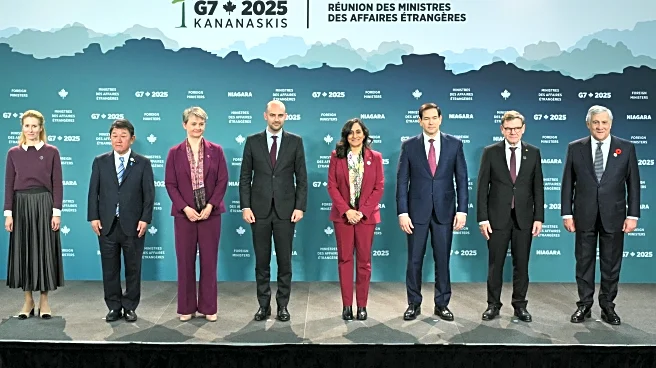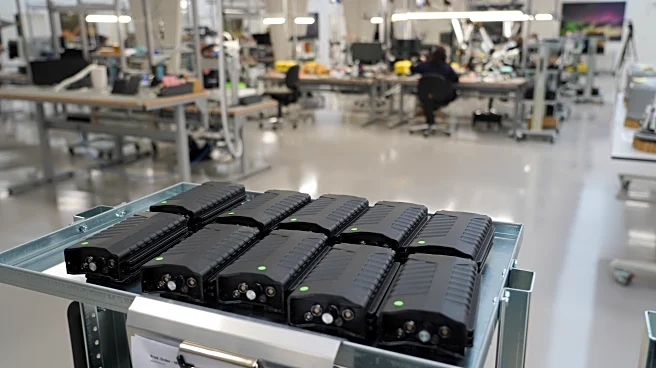What's Happening?
Top officials from Europe's five largest military spenders convened in Berlin to reinforce their support for Ukraine's defense and announce measures to bolster Europe's eastern defenses. The meeting included
defense leaders from Germany, the U.K., France, Poland, Italy, and the EU. Germany pledged to deliver at least €150 million ($175 million) in U.S.-made military equipment to Ukraine, supplementing previously approved aid. In 2026, Germany plans to increase its support to €11.5 billion ($13.4 billion). The group discussed the rise of hybrid warfare tactics, including sabotage and drone incursions, attributed to Russia. The U.K. and Germany have deployed anti-drone units to Belgium and Finland, respectively, to counter these threats. The EU is also considering using frozen Russian assets to fund Ukraine's needs.
Why It's Important?
The commitment of European nations to enhance military support for Ukraine underscores the ongoing geopolitical tensions with Russia. The deployment of counter-drone forces and increased military aid highlights the strategic importance of Ukraine in European security. The potential use of frozen Russian assets for funding Ukraine could have significant financial and diplomatic implications, potentially escalating tensions with Russia. This development also reflects the broader European strategy to strengthen its defense capabilities and infrastructure in response to perceived threats from Russia.
What's Next?
The EU plans to present a proposal for cost-effective drone defense at the next meeting in Warsaw. The ongoing discussions about using frozen Russian assets could lead to legal and diplomatic challenges. The EU's efforts to improve military mobility infrastructure will continue, with close coordination with NATO. The situation in Ukraine remains fluid, and the international community will be watching for any changes in Russia's stance or further escalations in hybrid warfare tactics.













